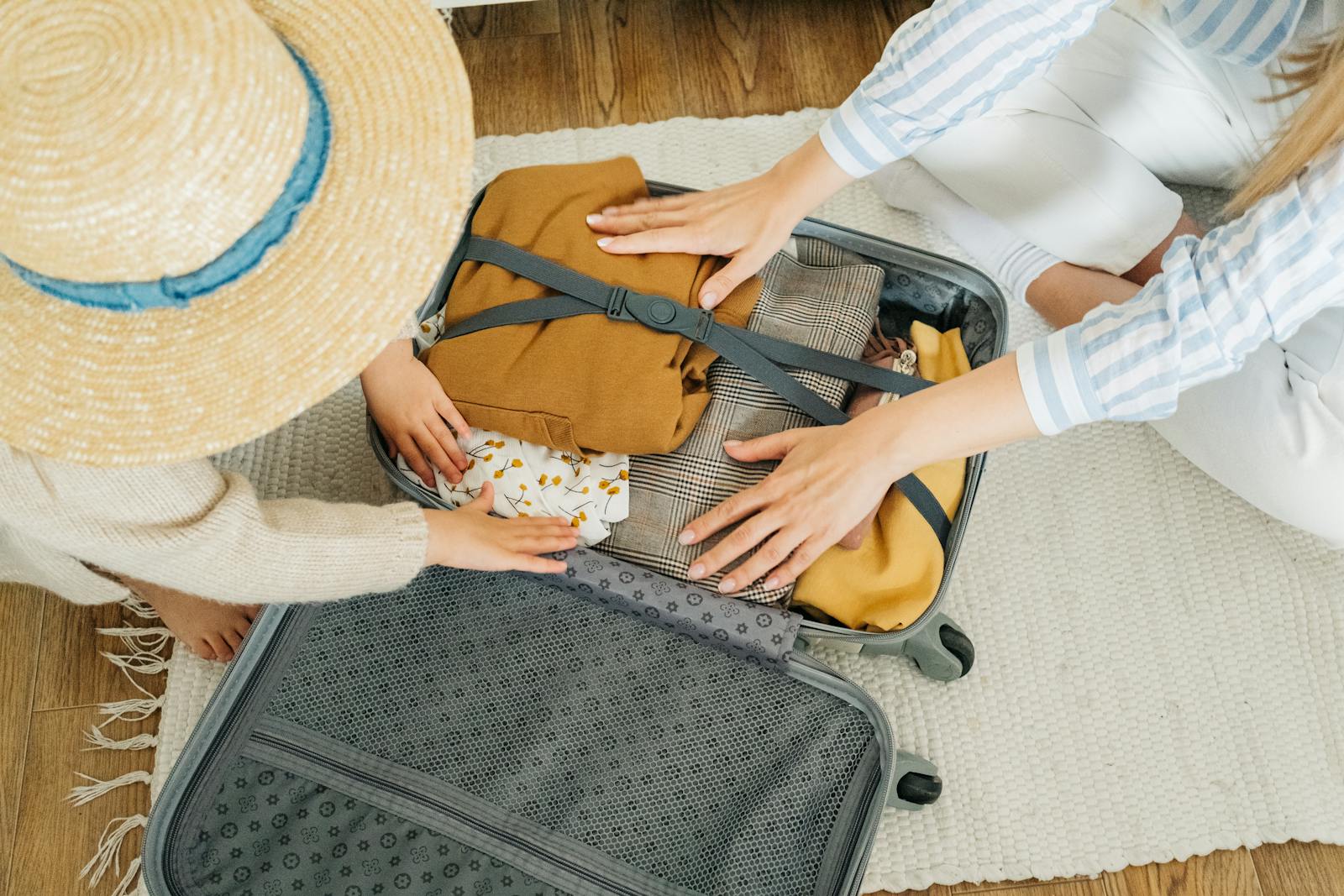Sri Lanka, often called the “Pearl of the Indian Ocean,” is a small island nation that offers a rich blend of stunning landscapes, ancient history, spiritual depth, and warm hospitality. Despite its size, Sri Lanka is incredibly diverse—home to misty mountains, golden beaches, ancient temples, lush tea plantations, and vibrant wildlife. For travelers seeking both adventure and peace, Sri Lanka offers a journey that touches every sense.
Why Visit Sri Lanka
Sri Lanka is perfect for slow, mindful travel. It has just the right mix of places that invite stillness—like quiet hill towns and jungle monasteries—as well as more lively moments in bustling local markets or beachside cafés. It’s a country where you can enjoy variety without rushing.
Whether you’re exploring a centuries-old ruin, sipping tea in the highlands, or listening to ocean waves in a quiet cove, Sri Lanka allows you to slow down, connect with nature, and take in beauty at your own pace.
Best Time to Visit
Sri Lanka’s weather varies by region due to two monsoon seasons. The southwest (Colombo, Galle, and the southern beaches) is best visited from December to March. The northeast (Trincomalee, Jaffna) is best from May to September.
The central hill country, including Ella, Nuwara Eliya, and Kandy, is pleasant year-round, with cooler temperatures and occasional rain. December to April is ideal if you’re looking to explore most parts of the country in one trip.
Must-Visit Places in Sri Lanka
Kandy is a cultural and spiritual hub, home to the Temple of the Tooth—a sacred Buddhist site. The city is surrounded by hills and lakes and offers a gentle introduction to the country’s spiritual side.
Ella is a laid-back mountain town perfect for hiking, relaxing, and taking in breathtaking scenery. Highlights include the Nine Arches Bridge, Ella Rock, and nearby tea estates. It’s peaceful, friendly, and a favorite among slow travelers.
Sigiriya is a UNESCO-listed ancient rock fortress rising dramatically from the jungle. The climb up is worth it for the views and fascinating ruins. Nearby Dambulla Cave Temple is another historical site filled with colorful statues and murals.
Galle is a coastal town known for its Dutch colonial fort, charming streets, and seaside cafés. It’s ideal for travelers who love history, architecture, and coastal vibes without the party scene.
Sri Lanka’s national parks—like Yala, Udawalawe, and Minneriya—offer wildlife experiences including elephants, leopards, birds, and crocodiles. Safaris here are more low-key than in Africa but still very rewarding.
Beaches like Mirissa, Unawatuna, and Arugam Bay are calm and beautiful. You can surf, swim, or just watch the sunset with fresh coconut in hand.
Spiritual and Cultural Depth
Sri Lanka has a long and rich Buddhist history that still shapes daily life. The many temples, monasteries, and sacred trees reflect a culture deeply rooted in mindfulness and simplicity. Even non-religious travelers often find a sense of calm and grounding in these places.
There are also strong Hindu and Christian communities, especially in the north and east, creating a multi-faith atmosphere that’s respectful and welcoming.
Festivals like Vesak (celebrating the Buddha’s birth, enlightenment, and death) and Perahera in Kandy bring vibrant traditions to life with lights, processions, and ceremonies.
Food and Hospitality
Sri Lankan food is flavorful, colorful, and often spicy. Rice and curry is the staple meal, and it’s usually served with a variety of small side dishes. Try hoppers (fermented rice pancakes), kottu (chopped roti stir-fry), and string hoppers (steamed rice noodles).
Most meals are home-cooked style, and the people take pride in their cooking. Locals are generous and love sharing their culture with visitors, often inviting you to eat with them or explaining how a dish is made.
Tea is also a big part of Sri Lankan culture. Visiting a tea estate in the highlands and learning how tea is grown and processed is both educational and relaxing.
Practical Travel Tips
Getting around Sri Lanka can be slow but scenic. Trains, especially from Kandy to Ella, are famous for their stunning views. Buses and tuk-tuks are common and cheap, though they can be crowded. Private drivers are available and often affordable for longer routes.
Sri Lanka is generally safe and welcoming for solo travelers. English is widely spoken in tourist areas, and locals are respectful and helpful.
The Sri Lankan Rupee is the local currency. Cash is widely used, but cards are accepted in larger hotels and restaurants.
Modest dress is recommended for temples and rural areas. Always remove shoes before entering a temple, and avoid turning your back on Buddha statues when taking photos.
Calm and Conscious Travel in Sri Lanka
Sri Lanka is an ideal place for travelers who want to move slowly, stay longer, and immerse themselves in a destination. It encourages mindful travel—watching the sunrise over tea fields, listening to Buddhist chants echo through the hills, or walking barefoot through a quiet temple courtyard.
You can stay in guesthouses run by local families, take part in cooking classes, volunteer at animal sanctuaries, or simply rest at a coastal retreat. It’s the kind of place that doesn’t rush you—it invites you to feel, observe, and reflect.
Final Thoughts
Sri Lanka is more than just a travel destination—it’s a feeling. It’s where nature, culture, and spirituality meet in a quiet but powerful way. Whether you’re looking for peace, beauty, adventure, or connection, this island has a way of giving you just what you need.
Let the rhythm of the waves, the smell of cinnamon and tea, and the warmth of the people guide your journey. In Sri Lanka, you don’t just explore—you unwind and rediscover what it means to travel with heart.







